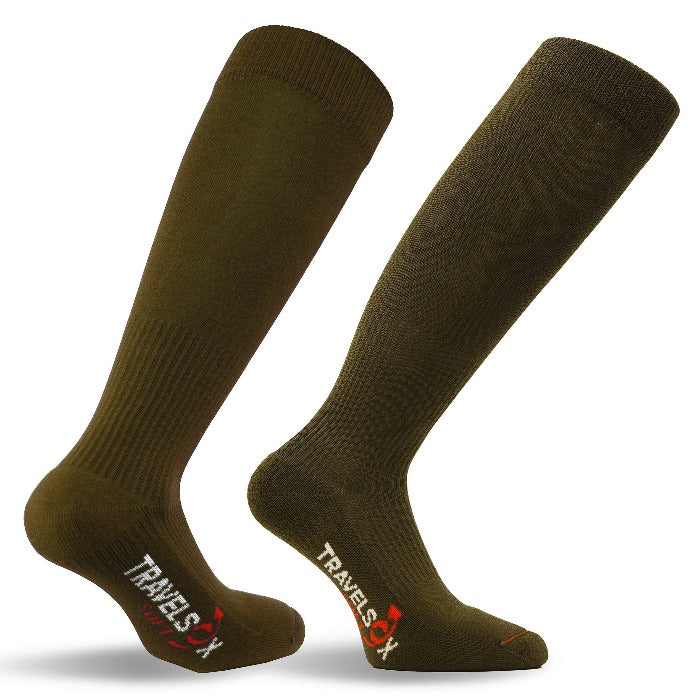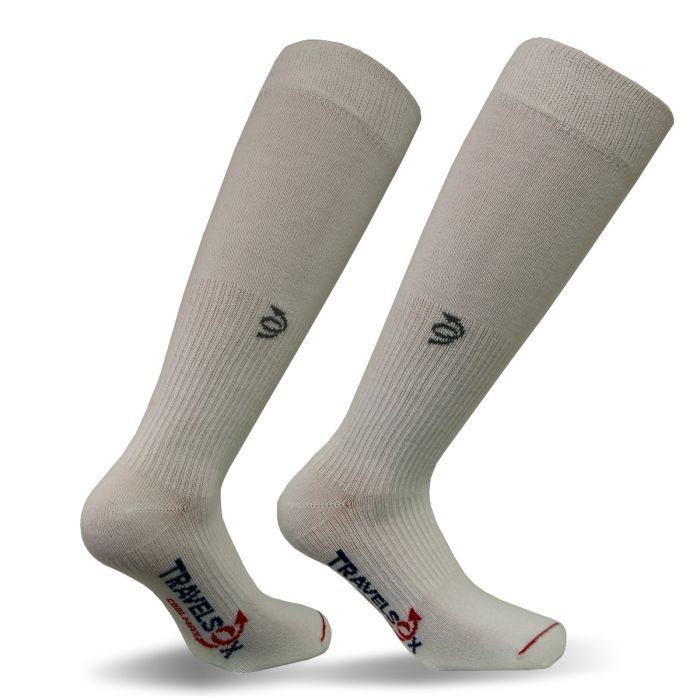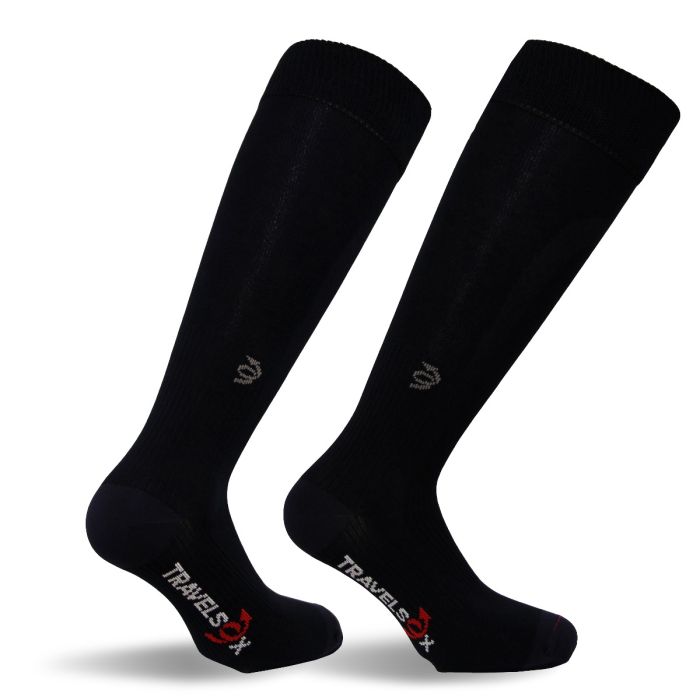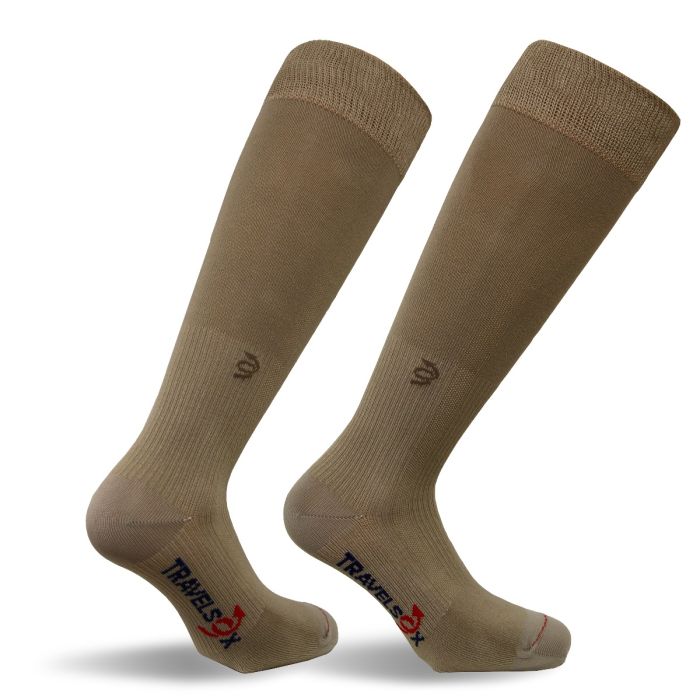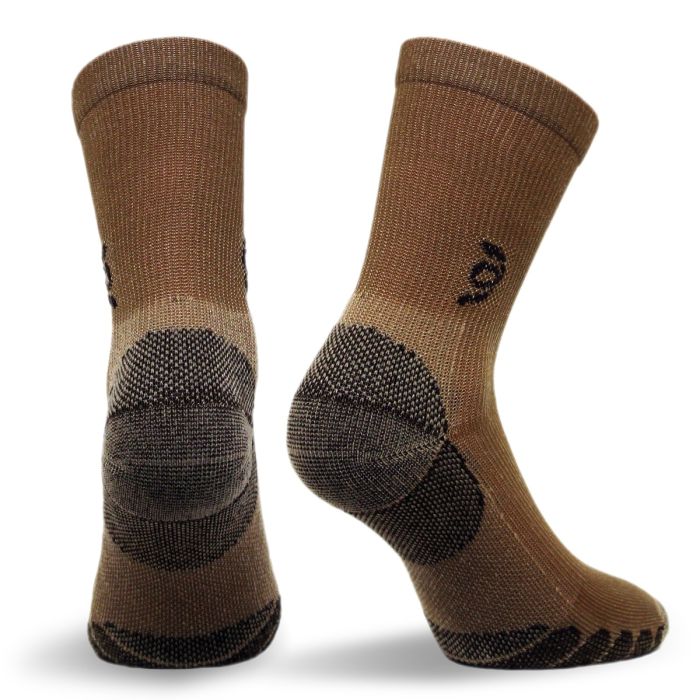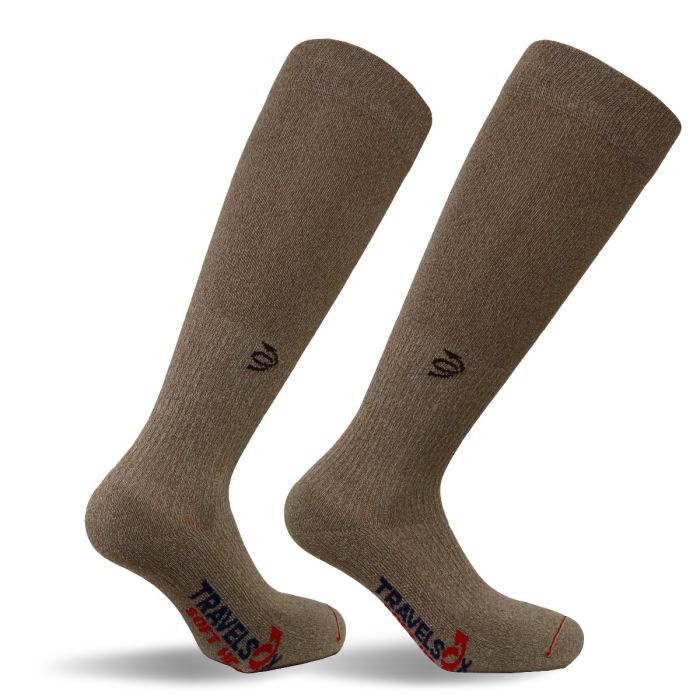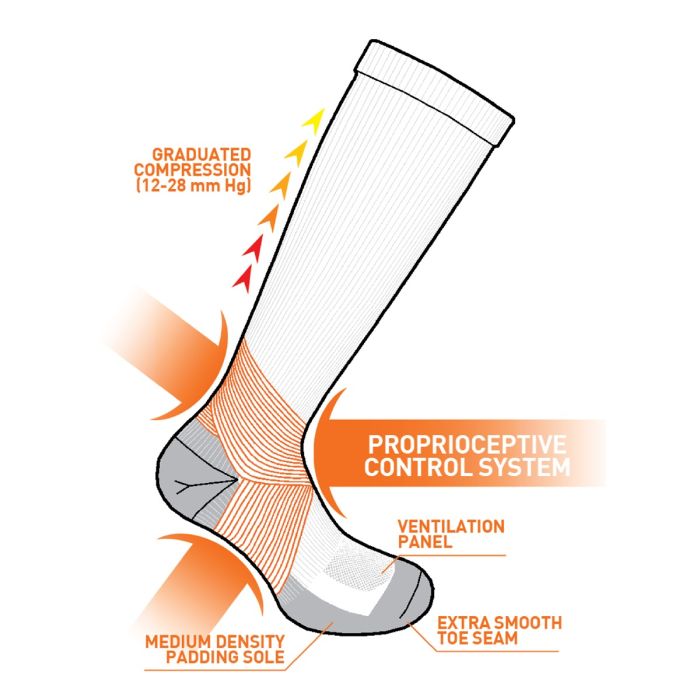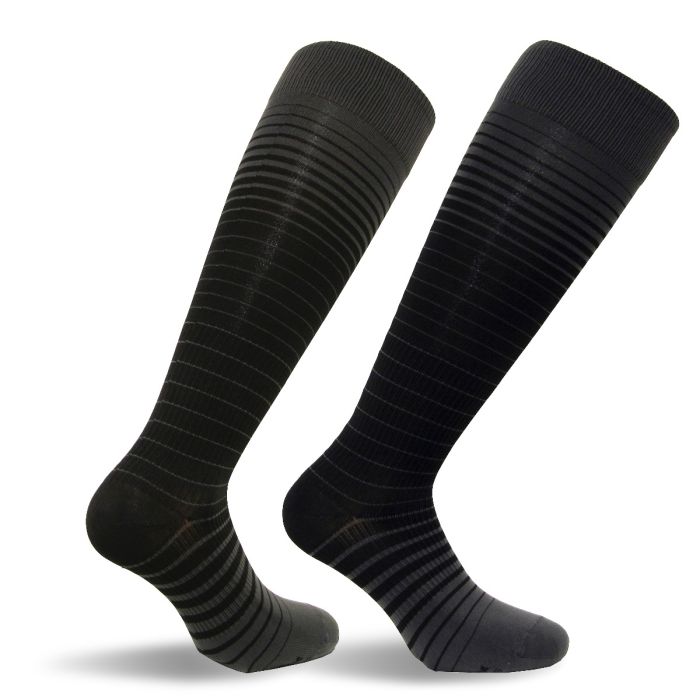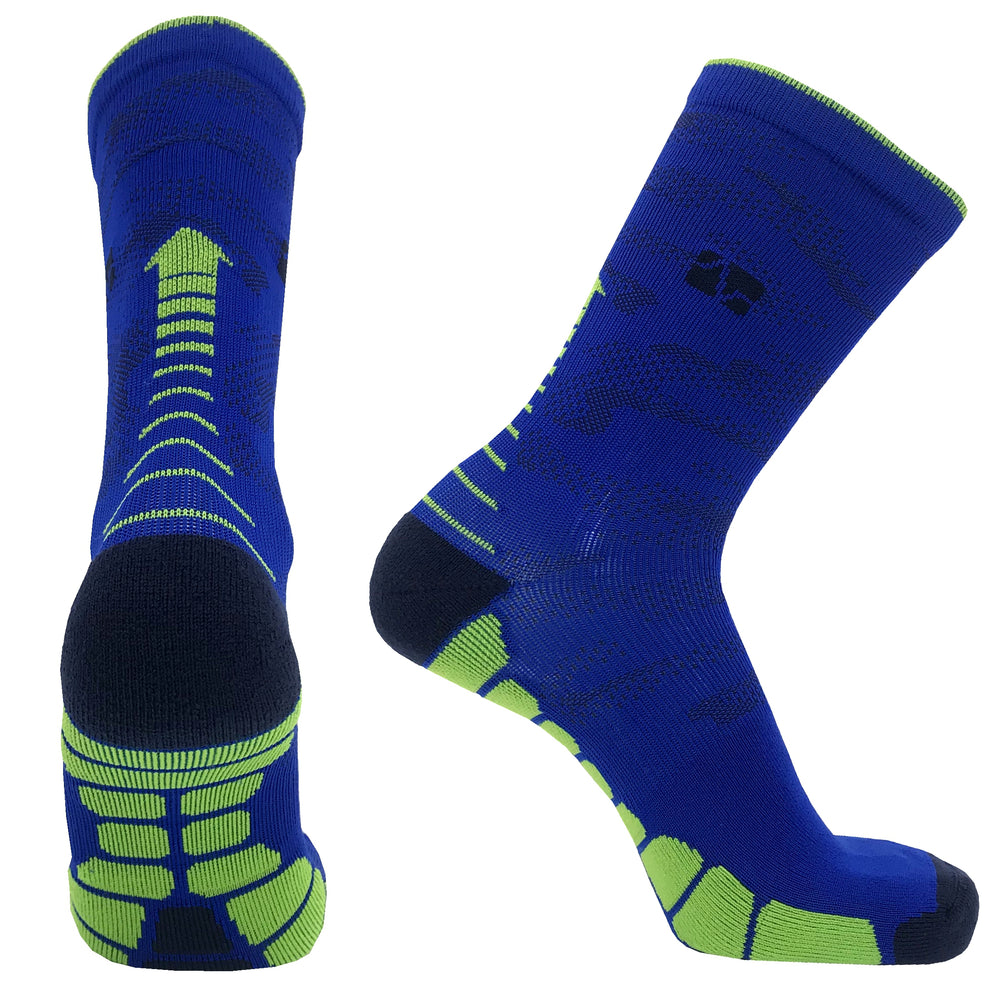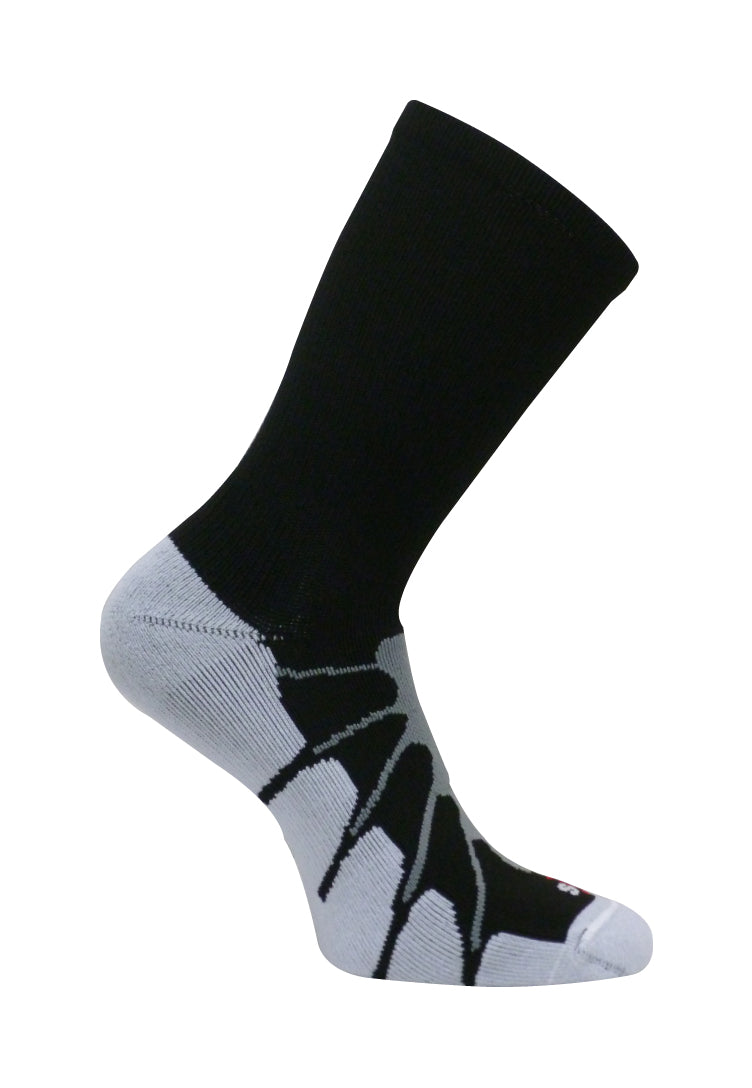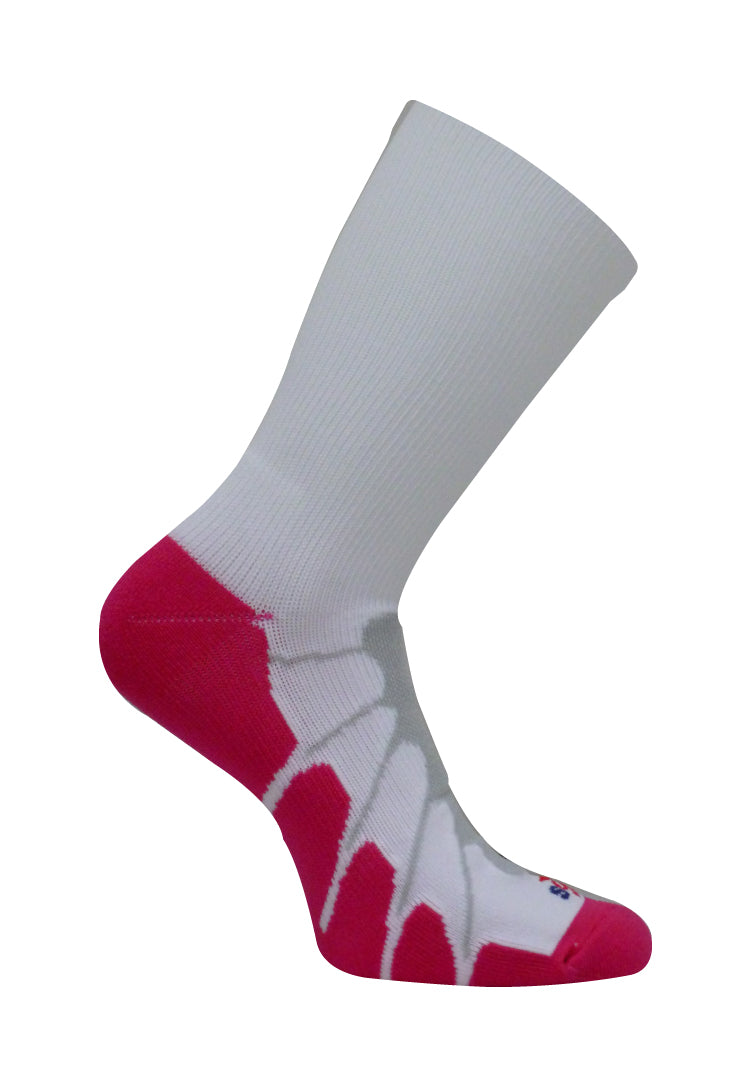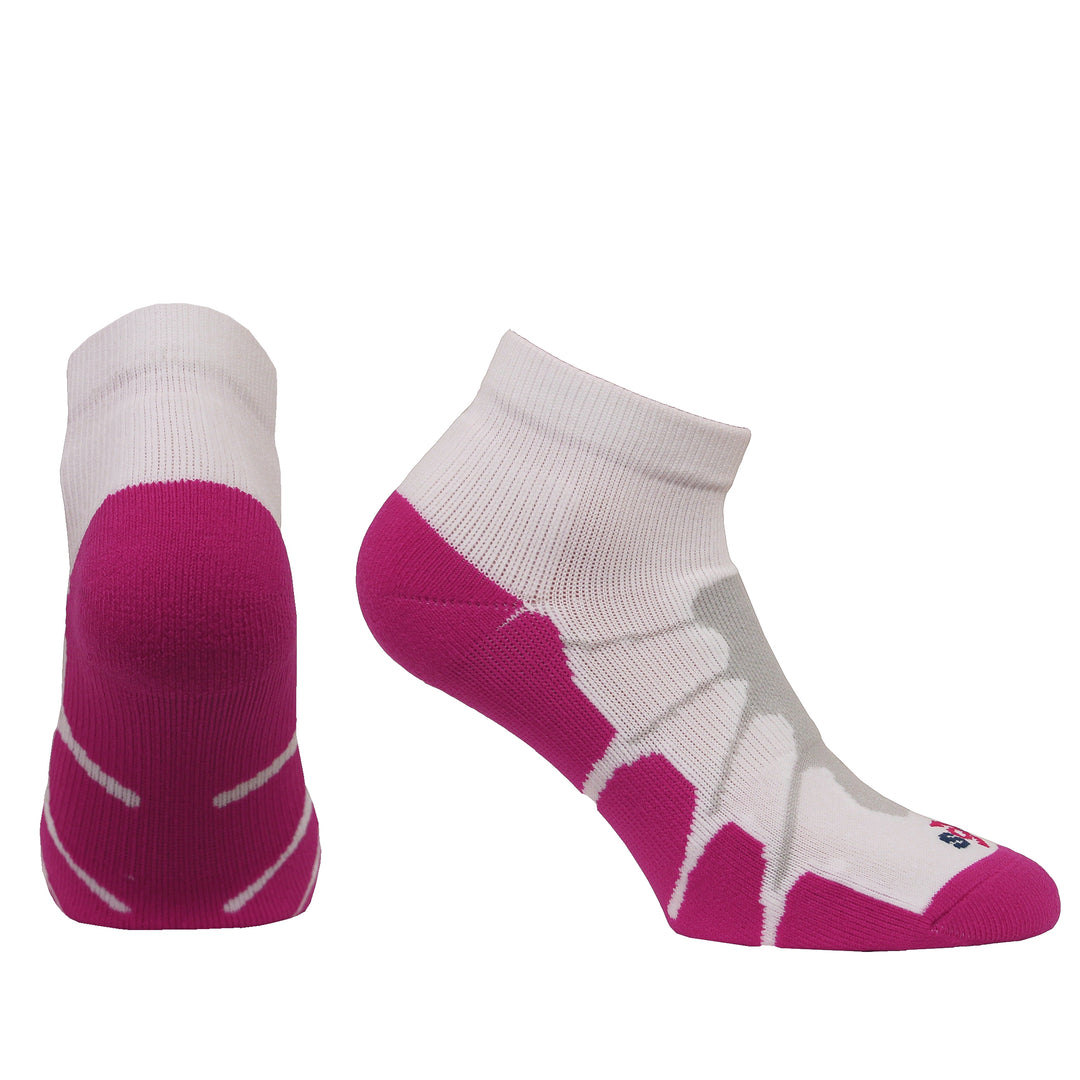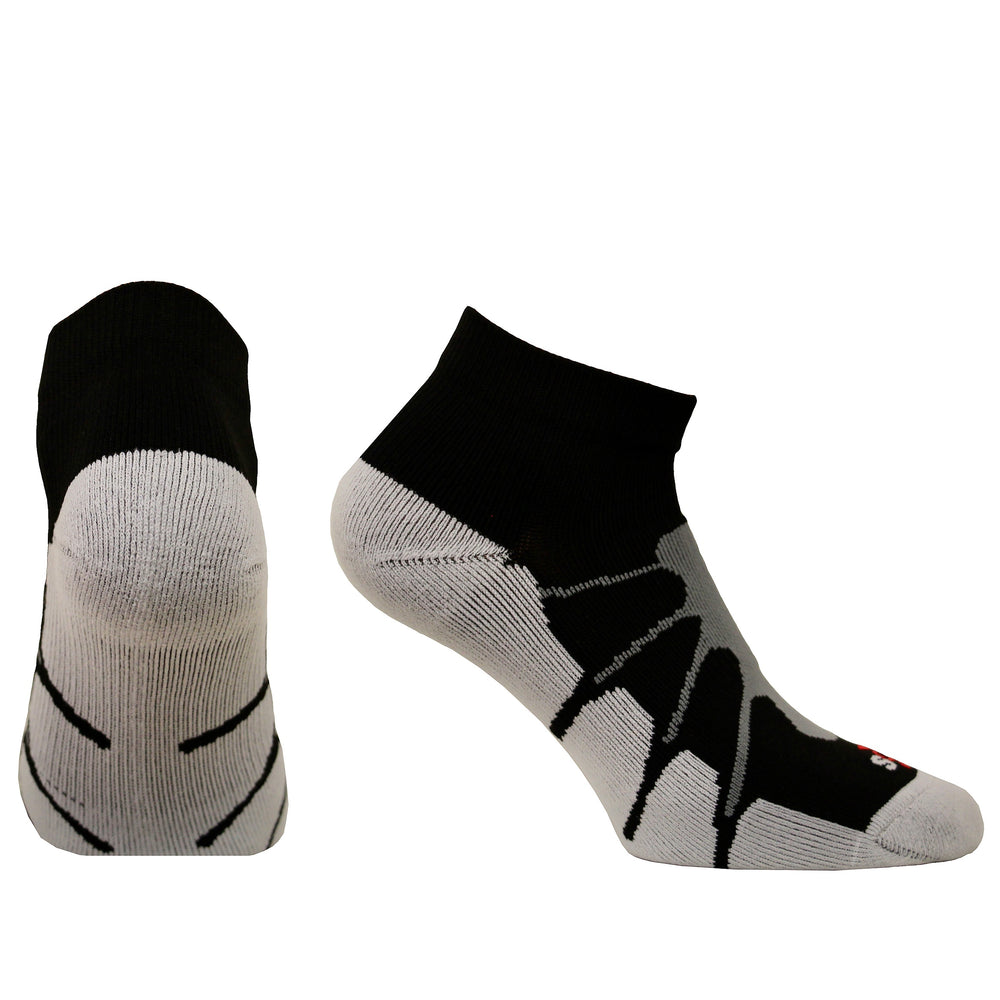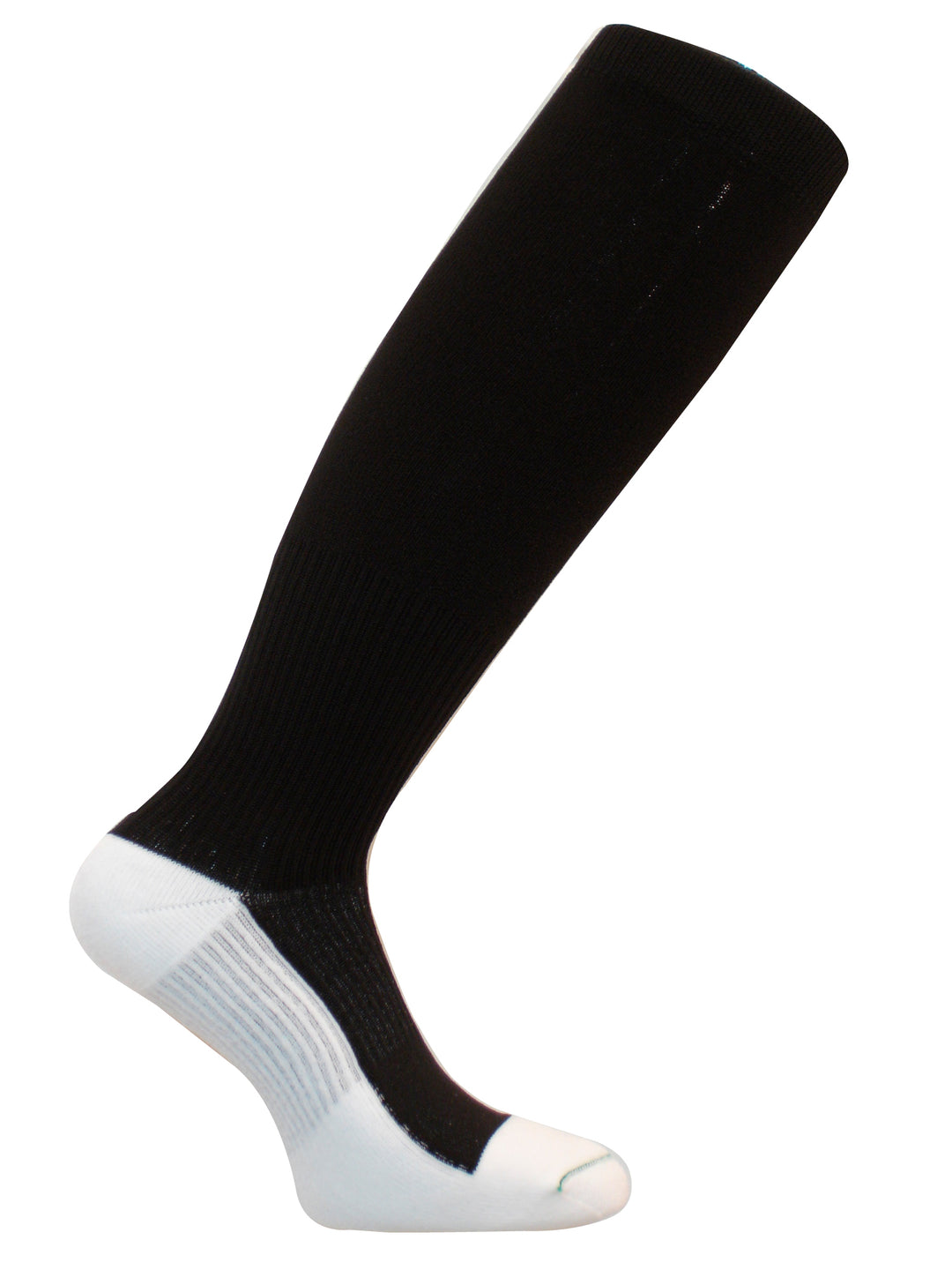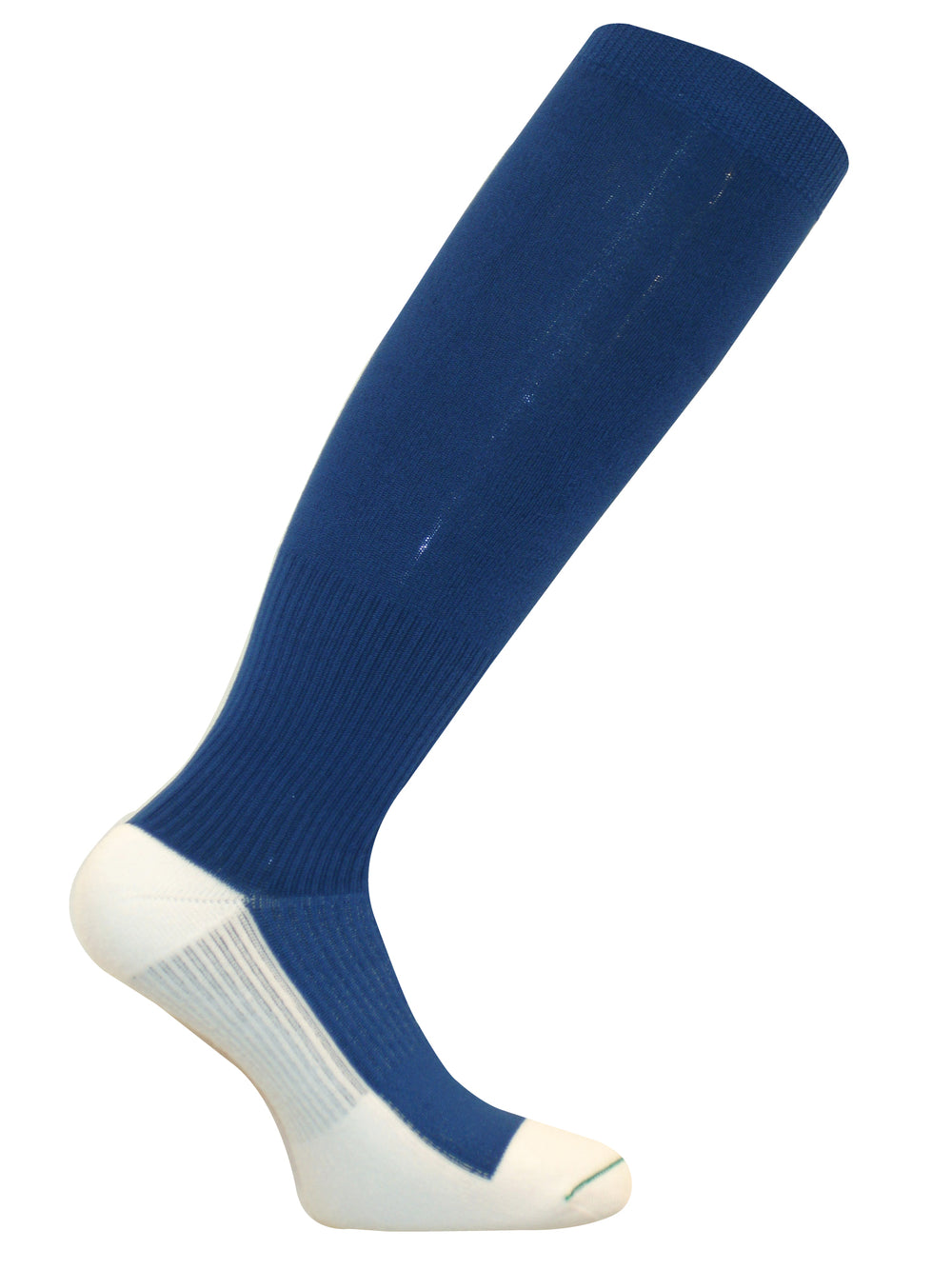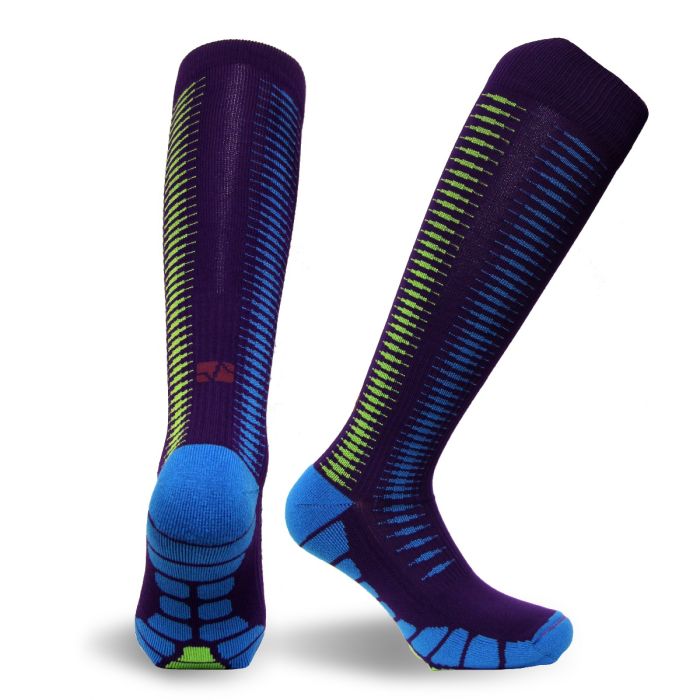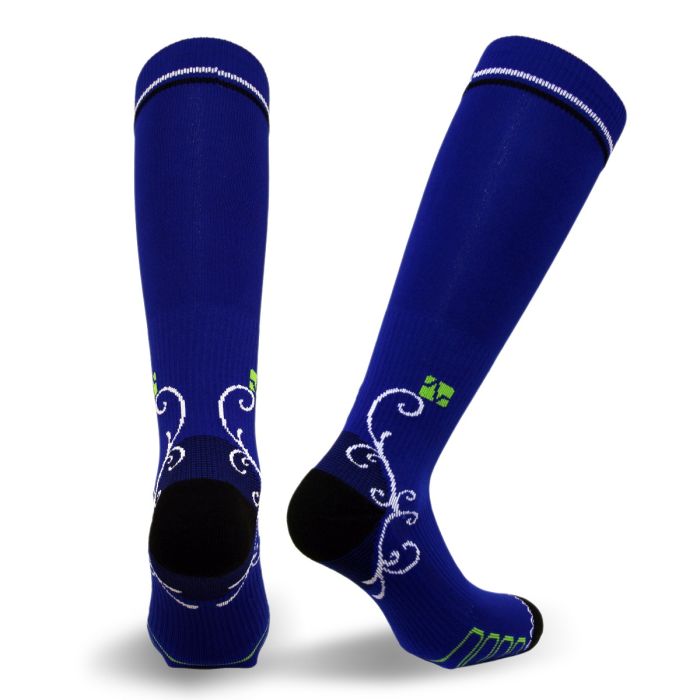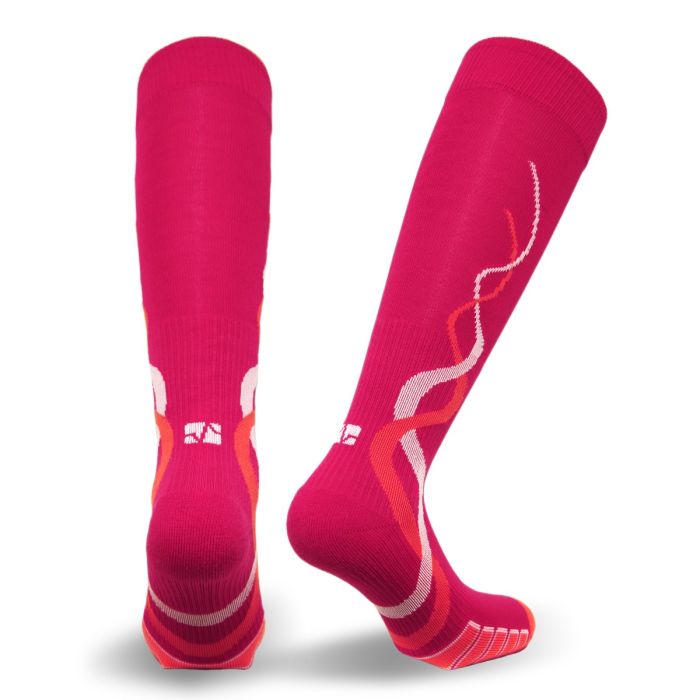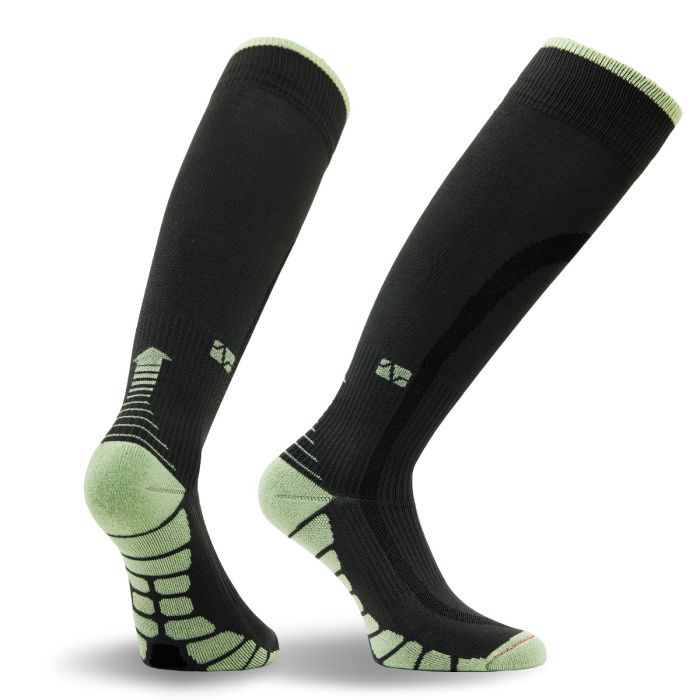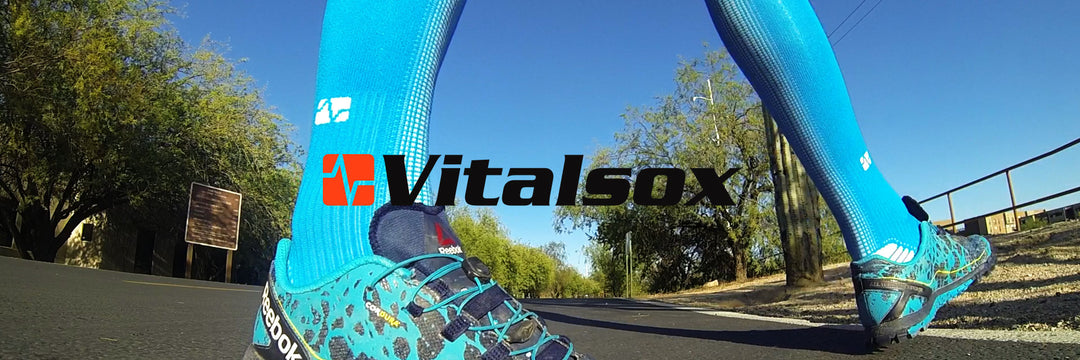Deep Vein Thrombosis (DVT) and Traveling

Deep vein thrombosis (DVT) is a condition where blood clots form in the deep veins, usually in the legs. It can be a serious medical condition that can lead to complications such as pulmonary embolism, which is when a blood clot in the lung blocks blood flow.
There is evidence that long periods of sitting, such as during air travel, can increase the risk of DVT. This is because sitting for extended periods of time can cause blood to pool in the legs, which can increase the risk of blood clots.
To reduce the risk of DVT during air travel, it is recommended to take the following measures:
- Move around: During long flights, it's important to get up and move around at least once every hour or so. This helps to get the blood flowing and reduce the risk of blood clots.
- Exercise: In addition to moving around the cabin, you can also do exercises such as calf raises or ankle rolls while seated to help increase blood flow.
- Wear compression socks: Compression socks can help to prevent blood from pooling in the legs, which can reduce the risk of blood clots.
- Stay hydrated: Drink plenty of water to help maintain good blood flow.
- Avoid alcohol and caffeine: These substances can dehydrate you, which can increase the risk of blood clots.
- Speak to your doctor: If you have a history of blood clots or are at a higher risk of developing them, talk to your doctor about ways to reduce your risk during air travel.
By taking these measures, you can reduce your risk of DVT during air travel and ensure a safe and comfortable journey.





